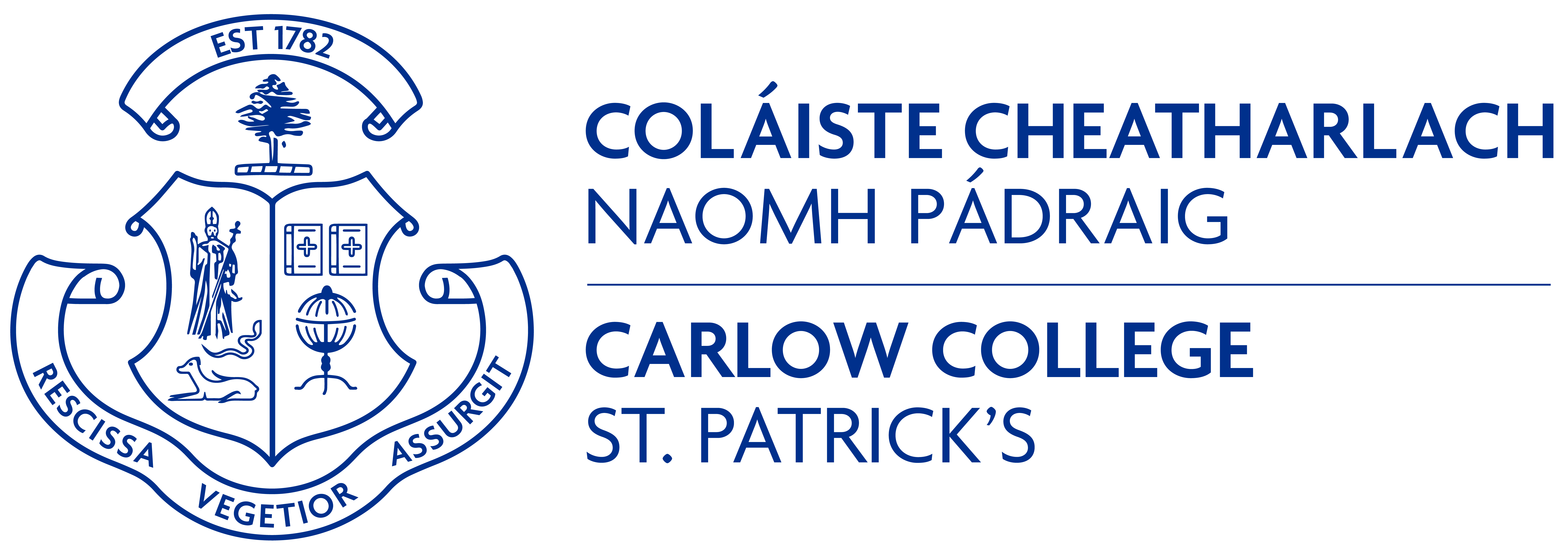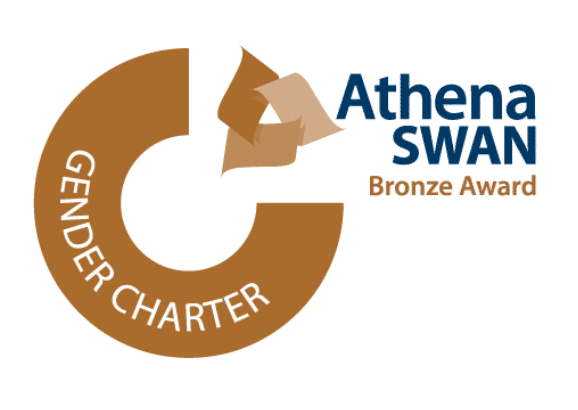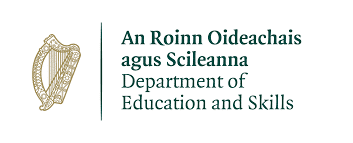During the revolutionary era, 1916-1923, a total of 21,754 Irish-born immigrants resident in the United States applied for a passport to visit Ireland. The majority of these applications were submitted by Irish immigrants in their 20s and 30s, and for most, the stated reason for their return was to visit family. Returning to Ireland during this period was motivated by a number of factors, not least the fact that after November 1918, a number of young Irish men who had fought in the AEF (American Expeditionary Forces) during the First World War had recently become naturalised US citizens and the prospect of returning to Ireland to visit family after the war was an enticing one. Pointedly, many of these immigrants now also had military experience and no doubt were keeping themselves informed about the evolving situation in Ireland and the increasing popularity of the Irish Volunteers.
Return migration to Ireland during the early twentieth century was unique because even though Ireland was one of the primary European donors during the second or ‘New Wave’ of immigration to the United States in the early twentieth century, the rate of return to the homeland was significantly less than many of its other European counterparts. A report published by the US Secretary of Labour in 1923 highlights that between 1908 and 1923 only 11% of Irish immigrants returned to the homeland. This stands in direct comparison with other major European donors including Italy, Hungary (Magyar) and Portugal with return rates of 60%, 66% and 31% respectively. However, during the period from 1916 to 1923, the rate of return to Ireland was significantly higher (see Figure 1 below). During this seven-year period, two years in particular are worth noting: 1920 and 1922. The year 1920 and into 1921 saw violence during the War of Independence peak and the following year, 1922, was marked by the beginning of the Irish Civil War in June of that year. Thus, is there a direct correlation between the number of Irish immigrants returning during this period and the fighting that took place in Ireland between 1916 and 1923?

During this period, a fundamental characteristic of the Irish immigrant in the United States was their transnationalism. These immigrants were heavily influenced by republican ideologies that formed part of their daily lives and were,
simultaneously, bound to the homeland by their desire to see its own nationalistic goals achieved. Since the 1860s the voice of Irish-American nationalism had been a forceful one on both sides of the Atlantic and now it seemed this
voice had come of age manifesting itself in the number of immigrants who returned to Ireland between 1916 and 1923 in particular. However, in submitting their passport applications, these return migrants could not overtly state their ulterior motivations. Accordingly, a diverse range of reasons were provided ranging from ‘settling an estate’ to ‘taking a rest for my health’ to ‘visiting my mother’ or ‘seeing my brother and sister who I have not seen in 43 years’.
One such return migrant was Mathew McCormack, who was born near Kilglass in north Co Roscommon and emigrated to Chicago, Illinois in 1894. He applied for a six month passport on 27 September 1916 and intended to travel ten days later on the SS Philadelphia from New York. His reason for travelling was to ‘look after father’s property who is very aged and all alone.’ McCormack provided supporting documentation to ensure his passport would be approved. This included a letter stating that:
‘My father is 78 years old and has nobody in the house with him as my mother died three months ago leaving him all alone … I being the only son want to straighten matters and see that he is taken care of.’
Although he did return to Chicago, he later made two return visits to Ireland before the end of 1923. During one of his subsequent return visits, McCormack joined ‘H’ Coy, 3rd Battalion of the North Roscommon Brigade of the Irish Volunteers. Pointedly, he was in Ireland during March of 1921, a period in which ‘H’ Coy seen their most significant involvement during the War of Independence. ‘H’ company took part in the Scramogue Ambush on 23 March 1921 and was responsible for road blocking in order to enable the IRA’s retreat and for cutting the telegraph line that ran along the Strokestown to Elphin road. During the ambush, flying columns attacked a nine-man British Army (Ninth Lancers regiment) and Royal Irish Constabulary (RIC) patrol at Scramogue resulting in the death of six members of the British forces. There were 39 men in the ambush party armed with 17 rifles, 2 or 3 revolvers and 20 shotguns. McCormack later returned to Chicago.
Another return migrant during this time was Jim ‘the Roscommon Giant’ Coffey. James Coffey applied for a passport on 16 April 1919 and intended to sail on board the SS Royal George on 1 August. Having emigrated at the age of 19 in 1909, Jim was a professional heavy-weight boxer who enjoyed both fame and success in New York during the 1910s. Upon his return to Ireland in 1919, it was reported by the American press that Coffey had been killed during a Sinn Fein Uprising in Roscommon. In public, particularly in his dealings with the American press, Coffey was sceptical of the Volunteers’ activity, but this does not change that fact that he was in Ireland for almost two years between 1919 and 1921. On his return to New York, Coffey gave an interview to Robert Boyd of the Evening World newspaper in New York in which he remarked that: ‘The sojourn in my native land with my folks has been a most peaceful one.’ While in Ireland, Coffey participated in three exhibition bouts. The first was three rounds in Athlone with a heavy-weight champion of the British army. He then fought in Roscommon, against a champion of the British Navy and the final bout was an exhibition for the Irish Volunteers. Coffey was clearly sympathetic to the Volunteers’ cause and told Boyd that:
‘I would have returned much sooner to this country had conditions been better there … At times there are Irish Volunteers shot in the streets during the feuds, but it is invariably done by the native police, who know who the volunteers are. The militia who came over cannot distinguish the Sinn Feiners from the other faction … The young fellows around my home who have cast their lot with the Irish volunteers are having a hard time of it. They do not live at home for fear the police, aided by the militia, will put them under arrest.’
Although Coffey did not publicly admit involvement with the Volunteers, his presence in Ireland between 1919 and 1921, coupled with the fact that he participated in exhibition matches against members of the British military and was sympathetic with the plight of the Volunteers at home clearly signals that he was both politically aware and engaged with what was happening. He was also, however, very aware of the how this activity could have been perceived by the American press and diplomatically raised awareness of the Volunteers’ plight upon his return to the US using language, such as ‘Sinn Feiners’ that an American audience would have been familiar with.
Return emigrants during the revolutionary era were the embodiment of transnational connections and networks between Ireland and the United States. They symbolised the interaction, co-operation and the inter-dependence between Ireland and Irish-America. Crucially, however Irish-Americans now had experience of living in a republic, yet many of their kin-folk at home had not. As a result, many return migrants felt obligated to help Ireland achieve its independence.





